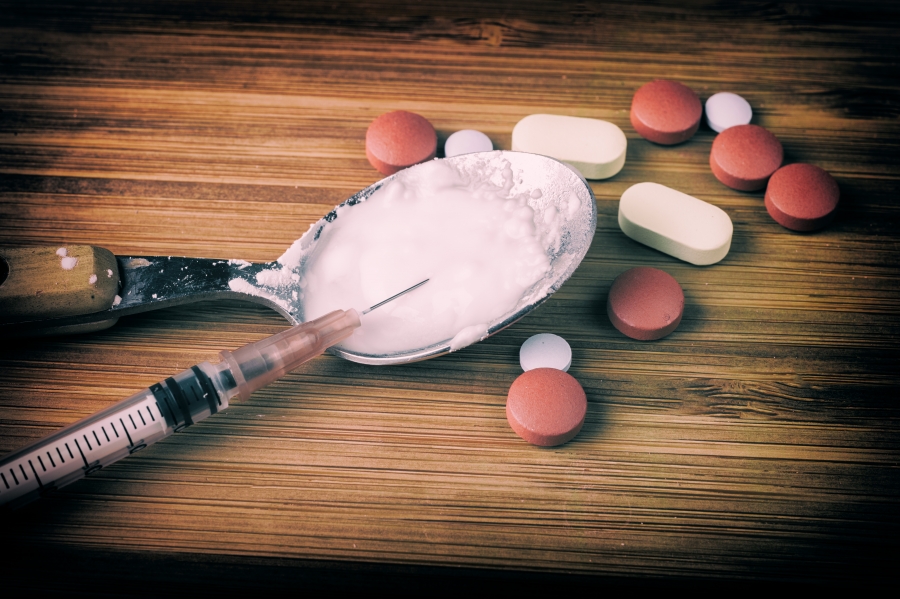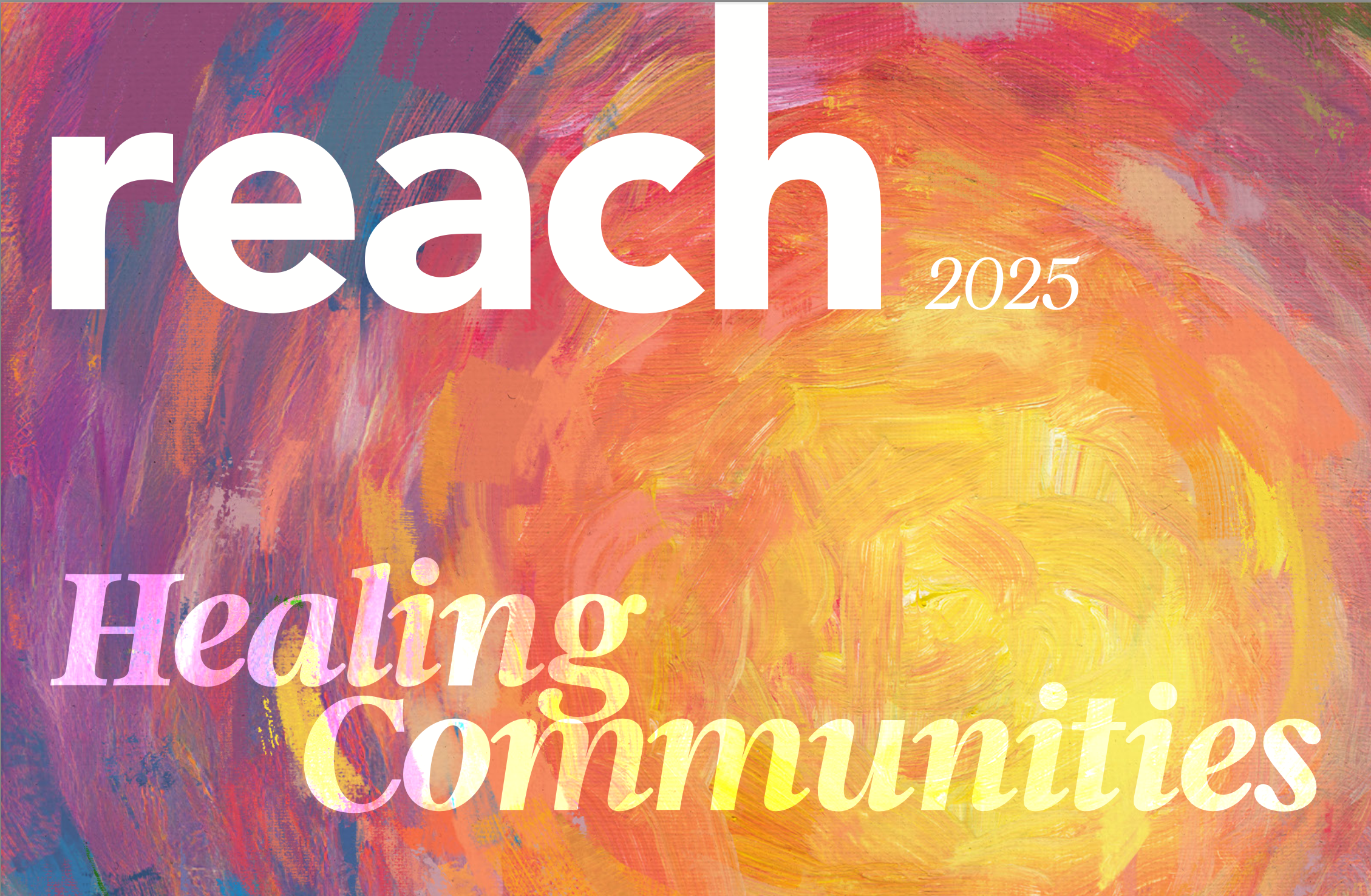
The Illinois Department of Human Services, Division of Alcoholism and Substance Abuse (IDHS/DASA) is pleased to announce the establishment of the Illinois Helpline for Opioids and Other Substances. The Helpline is open 24 hours a day, seven days a week for individuals experiencing opioid use disorders, families, and anyone affected by the disease. The Helpline is confidential and free. Helpline specialists are trained in evidence-based approaches to help connect callers with treatment services and recovery support services. To reach the Helpline, call 1-833-2FINDHELP.
Opioids reduce the perception of pain but can also produce drowsiness, mental confusion, euphoria, nausea, constipation, and, depending upon the amount of drug taken, can depress respiration. Illegal opioid drugs, such as heroin and legally available pain relievers such as oxycodone and hydrocodone can cause serious health effects in those who misuse them. Some people experience a euphoric response to opioid medications, and it is common that people misusing opioids try to intensify their experience by snorting or injecting them. These methods increase their risk for serious medical complications, including overdose. Other users have switched from prescription opiates to heroin as a result of availability and lower price. Because of variable purity and other chemicals and drugs mixed with heroin on the black market, this also increases risk of overdose. Overdoses with opioid pharmaceuticals led to almost 17,000 deaths in 2011. Since 1999, opiate overdose deaths have increased 265% among men and 400% among women.
In 2014, an estimated 1.9 million people had an opioid use disorder related to prescription pain relievers and an estimated 586,000 had an opioid use disorder related to heroin use. Symptoms of opioid use disorders include strong desire for opioids, inability to control or reduce use, continued use despite interference with major obligations or social functioning, use of larger amounts over time, development of tolerance, spending a great deal of time to obtain and use opioids, and withdrawal symptoms that occur after stopping or reducing use, such as negative mood, nausea or vomiting, muscle aches, diarrhea, fever, and insomnia. (SAMHSA)
The following links are educational materials, providing information to patients with opioid use disorders:
The Your Doctor Understands Your Addiction series advocates that patients talk with their treatment or other healthcare provider about using medication to assist with recovery, and gives a brief overview of available medications. Download and print the brochure at: http://www.attcnetwork.org/explore/priorityareas/wfd/mat/documents/mat.brochure.pdf
Medication-Assisted Treatment for Opioid Addiction: Facts for Families and Friends provides a good overview of about medication-assisted treatment for opioid use disorders including information about available opioid medications and how medications fit with counseling in the recovery process. It can be downloaded to print, or printed copies may be ordered at: http://store.samhsa.gov/product/Medication-Assisted-Treatment-for-Opioid-Addiction-Facts-for-Families-and-Friends/SMA15-4443
Opioid Safety and How to use Naloxone is a brochure aimed at patients and caregivers regarding the recognition of opioids overdose and the use and administration of naloxone: http://prescribetoprevent.org/wp2015/wp-content/uploads/CA.Detailing_Patient_final.pdf


